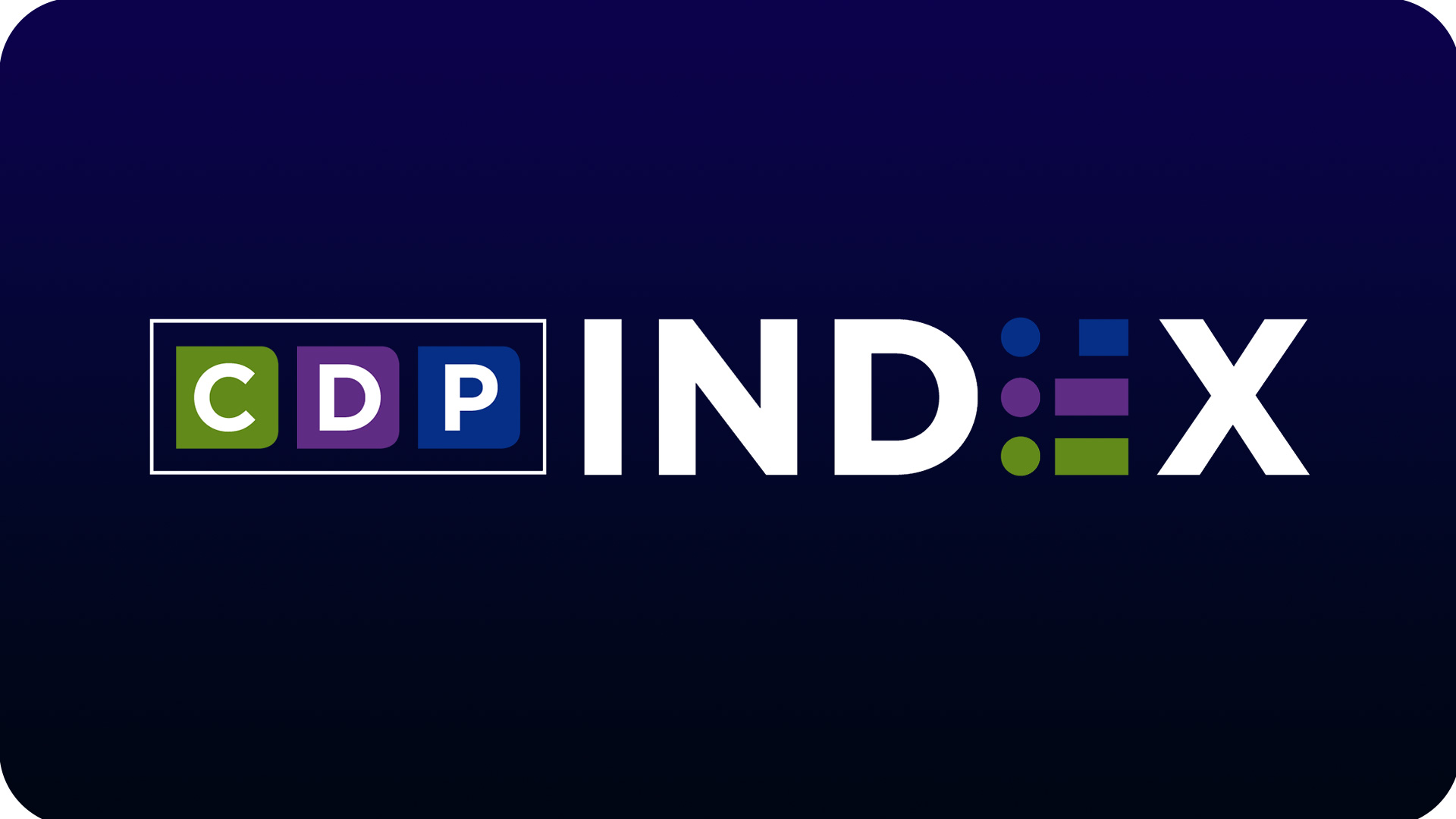Sustainer programs are growing but still show room for improvement
Nearly every public radio station now executes a sustaining membership program, but the latest analyses of fundraising performance reveal that very few of them could be described as effective or successful.
Greater Public’s 2014 Benchmarks for Public Radio Fundraising study, which collected 2013 data from 106 stations, found that the average station raises barely $2 of every $10 in membership revenue from sustainers. In addition, only about two in every 10 donors to the average station are sustainers.

The uneven performance in sustainer-giving programs reflects widely varying fundraising practices among local stations. (Graphic: Seaberry Design)
Blackbaud’s Target Analytics donorCentrics identified a group of 10 stations that are outperforming the rest of the field. Fundraising strategist John Mastrobattista has described these stations as being in the middle of a “sustainer revolution.” For them, nearly $4 of every $10 in member revenue comes from sustainers. Some secured as much as $6 and $7 of every $10 in member contributions from sustainers.
What accounts for the wide gap in performance? We believe it comes down to each station’s commitment to adopting a new set of best practices that allows them to reset their relationships with donors. These practices forge a path of stewardship that turns from short-term annual renewals toward lifetime giving.
A sustaining gift can be called many different names — a “monthly,” “recurring,” “evergreen” or “high fidelity” donation. For purposes of this commentary, we define the term “sustainer” or “sustaining gift” as a fundraising model that asks donors to make a fixed monthly gift that recurs without a predetermined end date. The gift is incurred by automatic bank account withdrawal (electronics fund transfer — EFT — or debits) or credit card, and continues until the donor opts out, which is unusual.
Traditional giving, as we define it, is typically anchored by a one-time annual contribution and supplemented by one or two additional gifts within a 12-month time period. The predetermined end date is usually within a fiscal year or 12 months after the initial gift. Donors contribute by credit card, bank account (EFT or debits) or check.
Data from donorCentrics now shows that sustainers’ contributions are worth up to four times more than those from traditional donors over the life of their giving. Twelve sustaining gifts in the typical range of $10–$25 each month is more annual revenue than the majority of single-gift donors will contribute in the same period.
Sustainers also outperform other donors on the two drivers of long-term value: lifetime revenue per donor and retention. In addition to donating more frequently and at higher amounts than traditional givers, they continue to give for many years.
The 10 stations that lead public radio in sustainer-gift fundraising are Capital Public Radio, Sacramento, Calif.; KQED, San Francisco; Minnesota Public Radio; Oregon Public Radio; WETA, Arlington, Va.; WGBH, Boston; WHYY, Philadelphia; New York Public Radio; WUNC, Chapel Hill, N.C.; and WXPN, Philadelphia.
Fundraisers at these sustainer revolutionary stations outperform their peers at other public radio stations and at most other nonprofits. Because the growth of sustainers within this group is so far off the charts compared to others, Target updated its donorCentrics system last year to divide the entire public radio donor base into two categories: sustaining donors and traditional donors.
Collectively, over five years, the top sustainer stations have tripled their total revenues from sustaining gifts, from roughly $11 million to about $33 million, while nearly doubling retention rates among these donors. Within this group, seven of 10 new donors continue giving in the second year. That’s nearly double the average that most stations achieve with traditional new donors.
This means that, on average, based on the donorCentrics report, every 1,000 new donors recruited as sustainers over five years will donate about $67,000 more than traditional new members.
Closing the gap
In our work with fundraisers, we hear several reasons for underperforming sustainer programs. These include lack of time or resources to improve results, lack of a plan, limited expertise among existing staff, and pushback or lack of support from leadership.
Despite those obstacles, nine out of 10 public radio stations have still managed to launch sustaining member programs. That’s an increase from seven of 10 stations reported in Greater Public’s 2011 Benchmarks study, and it shows that most stations have had plenty of time to achieve the results of the sustainer revolutionaries. Why aren’t more stations realizing the benefits of sustainer giving?
Since 2012, when we established Appleby Arganbright as a fundraising consultancy focused on individual giving programs, we have worked with many nonprofits, including public media organizations, to help introduce a sustainer giving programs or fix those that were underperforming.
In our experience, to succeed with sustainer giving a nonprofit has to be willing to adopt new best practices and new benchmarks. In addition, each nonprofit has to be prepared to embrace a new philosophy and approach to membership and fundraising, and this thinking must be spread across the organization.
For example, if a station is to increase its ability to retain more donors over the long haul, it can no longer allow short-term annual renewals to drive its membership strategies. Fundraisers must instead work to promote donors’ long-term interests and aspirations in their interactions with potential sustaining members. As the station’s relationship with an individual donor deepens, that donor no longer feels like they are simply a convenient ATM.
Even though donorCentrics has identified a small group of stations that are effectively raising sustainer gifts, we have found that all public media organizations can join the sustainer revolution, regardless of their circumstances or economic environments. One of our clients, WDET in Detroit, is a perfect case in point.

Since overhauling WDET’s membership fundraising in 2012, Thomas and her staff converted 40 percent of the station’s donors to sustaining givers.
Lea Thomas became the membership director at WDET in the fall of 2011. She had a staff of two part-time employees and the daunting challenge of maintaining the existing traditional fundraising program amid the economic and population collapse of Detroit, WDET’s primary community.
During her first year in the job, Thomas tried to build donor revenues from the program she inherited. Then she decided to try a different tactic, and put her full attention to creating a sustaining giving program. It launched during WDET’s fall 2012 on-air drive.
The results since then have been impressive. More than 40 percent of WDET’s members — or 4,000 donors — have been converted to sustainers. According to our analysis, the lifetime value of these sustainers is nearly three times that of the traditional donors who make up the remaining 60 percent of WDET’s membership. The sustainers’ monthly contributions will pump nearly $1.7 million dollars into WDET in the next five years. If they had signed on as traditional givers, their donations during that same time frame would total only $600,000, nearly $1 million dollars less, over five years.
By implementing and managing a comprehensive sustaining giving program guided by a new set of best practices, WDET’s development team has also increased the retention rate of these donors by 20 percent. Now Thomas expects to keep eight of every 10 of these sustainers in its pool of active contributors, instead of the usual six.
Sustainer best practices
From our experience, there’s every reason to believe that the results achieved by WDET’s small development team and Target’s 10 sustainer revolutionary stations can be replicated across the public radio system. To succeed at this, fundraisers at every station with a sustaining program must execute new practices and benchmarks while rejecting those from the past. These include:
1. Implement sustaining giving as the primary fundraising model within your membership program. This will require separate communications and stewardship strategies for sustained and traditional giving, which remains part of your development program. Staffing responsibilities, business rules and technology must also be restructured to accommodate the hybrid approach.
In essence, sustained giving must become the default option for membership contributions, at a suggested level of $10 per month, for example. It cannot just be offered as a payment option for those who want to split a $120 donation over 12 months.
Seven of the 10 revolutionary stations have made sustained giving the primary option for giving on their online donation pages.
2. Make “monthly” the standard for sustainer donations. The best giving frequency is monthly because it provides a better way to manage credit-card stop-loss programs. The donor’s perspective on this is equally important: Monthly amounts are smaller and easier to budget on an ongoing basis.
Offering different frequencies (quarterly, annual) for sustainers is counterproductive and makes the program more difficult to manage.
3. Each donor’s monthly gift should be set up as recurring, without a predetermined end date.
If a station or the donor sets an end date for the gift, the primary benefits of sustaining donations — increasing retention and lifetime value — are lost.
4. In all messaging and communication with members and listeners, focus on and promote monthly amounts only. Specifying annual gift amounts along with monthly amounts mixes an old practice with the new one you want donors to adopt. It’s monthly that matters. Drop mentions of annual amounts.
5. Provide the option for donors to set up gift payments as monthly EFTs from their bank accounts. The credit-card option is also important. Bear in mind that those who contribute via EFT remain active at higher retention rates and provide higher average gifts.
Pursue the option of EFT. Don’t give up — even if your colleagues in finance say it’s not possible. Convince them to work with you by creating a revenue model that shows the huge upside to EFT.
6. Create a new stewardship plan for sustainers that generates a lot more “thank yous” and fewer “asks.” The beauty of sustaining gifts is that they allow station fundraisers to move past the stress of securing the renewal, and instead focus on creating loyalty and partnerships with the individual donor.
7. Create new back end for processing sustainer gifts, and adapt your technology to accommodate these donors. Take time to design new practices for managing your sustainer program. Fundraisers who try to fit monthly givers into their system for traditional givers are often frustrated.
In most cases, your current database software can accommodate a sustaining giving program. Work with your vendor contacts. They will help find a way.
8. Use on-air drives to acquire, convert and upgrade sustainers by focusing on the donors and not the money. Under the sustainer model, there are three goals for successful on-air campaigns: acquiring new donors as sustainers; converting traditional donors to sustainers; and encouraging current sustainers to upgrade. When you start to focus on these outcomes from drives, you’ll clearly see why a focus on revenue goals for a program or a drive is an old, worn-out practice of short-term thinking.
9. Question all best practices tied to traditional giving and dump those that prevent you from truly joining the fundraising revolution. Redefine your station’s goals around long-term performance measures such as retention, donors’ lifetime value and return on investment.
10. Sharpen your focus by aligning your resources for results. Apply data-driven decision making to all the activities in your individual giving program. If its impact can’t be measured, consider dropping it from your workload.
Phase out your station’s focus on traditional giving; it only serves to maintain the status quo as tactics for fundraising evolve rapidly on new platforms.
Think long-term, because you can bet that your donors are. They, too, are ready to move past the message that you are only focused on one fiscal year at a time.






[…] Current, News for People in Public Radio, analysts argue that the difference between these stations and lower-performing stations comes down […]